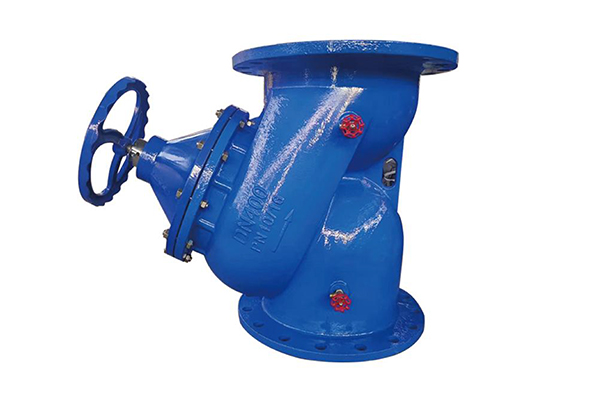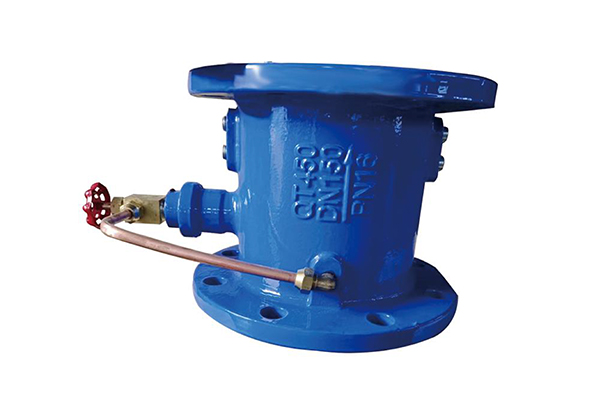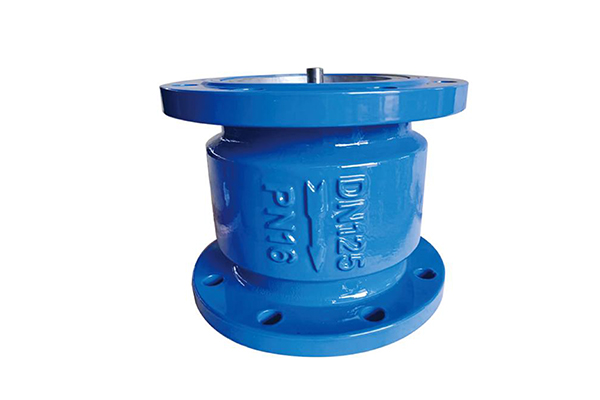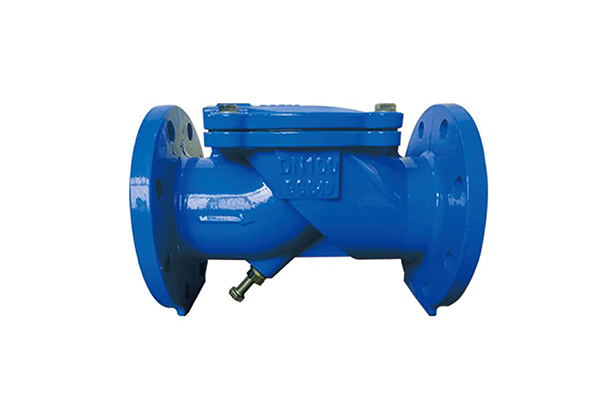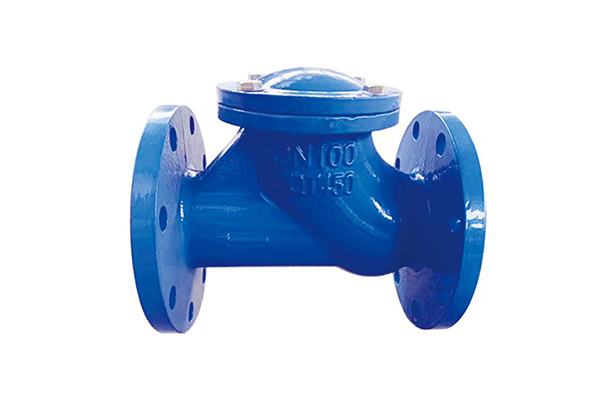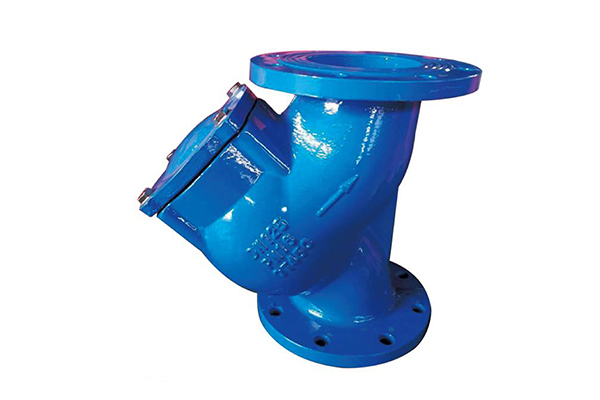NEWS LIST /NEWS LIST
Installation of soft seal gate valve and material of sealing surface
author:admin date:2025-06-12 18:19:52 Hits:145
The requirements for the interior of the soft sealed gate valve body and various parts of the valve plate are that, on the one hand, it will not rust when immersed in water, and there will be no electrochemical corrosion between the two metals; Smooth surface on both sides reduces water resistance. The hygiene requirements for epoxy resin or paint inside the valve body (based on actual reports) should be accompanied by corresponding inspection reports from relevant departments. The chemical and physical properties should also meet relevant requirements. Installation of soft seal gate valve: 1. Making support piers. Build a pier with bricks or cement on the prepared foundation. 2. Installation steps. Install flange gate valves at both ends. First, place the soft sealed gate valve onto the pre built support pier, and fix the valve according to the requirements so that the central axis of the valve is vertical. After installing the telescopic rod, the telescopic rod can be perpendicular to the ground, so as not to cause the transmission mechanism to jam and prevent the valve from being unable to open or close. After a long time, install rubber gaskets on both sides of the pipeline flange and connect them with bolts and nuts (the bolts and nuts are generally made of stainless steel material). Install two end socket gate valves. First, pass the pressure ring through the direction of the pipe column pressure ring and the fastening sleeve. The large diameter end of the pressure ring cone hole and the wedge shaped large end of the fastening sleeve face the valve for a long time. Insert the pipe into the valve socket. When in place, adjust the valve shaft to be vertical with the ground. Slide the gap of the pressure ring against the valve boss into the pressure ring. Turn the pressure ring counterclockwise, and the pressure ring drives the fastening sleeve to hold the pipe tightly. Installation of telescopic rod: Push the lower protective tube of the assembled standard component upwards to expose the connecting shaft head on the sleeve assembly. Insert the connecting shaft head onto the transmission cap and align the pin hole; Insert the pin into the pin hole, align the lower protective tube connection plate with the valve connection hole, and tighten it with bolts. If encountering maintenance, it is necessary to check the condition of the gate and sealing pair. If the steam consumption increases too much during normal production, it may be due to wear and increased clearance of the gate or sealing pair. If there is damage, it should be replaced. When there is leakage in the flange of the feeding section and the gasket of the left and right cover flanges that cannot be tightened, the gasket should be replaced during maintenance. When replacing gaskets, the load capacity of lifting equipment and tools should be greater than twice the weight of the valve, and the front end should be greater than the rear end, otherwise it is easy for the valve body to overturn. The types of soft sealed gate valves can be divided into wedge gate valves and parallel gate valves according to the sealing surface configuration. Wedge gate valves can be further divided into single gate plate, double gate plate, and elastic gate plate types; Parallel gate valves can be divided into single gate plate and double gate plate. According to the thread position of the valve stem, it can be divided into two types: rising stem gate valves and hidden stem gate valves. When the gate valve is closed, the sealing surface can be sealed solely by the medium pressure, that is, the sealing surface of the gate is pressed against the valve seat on the other side by the medium pressure to determine the sealing surface, which is called self sealing. Most gate valves use forced sealing, which means that when the valve is closed, external force must be used to forcefully press the gate plate against the valve seat to determine the sealing performance of the sealing surface. The valve body of the soft sealed gate valve (including the gearbox) should be shot blasted, sandblasted, and rust removed both inside and outside, with the aim of electrostatic spraying of powdered epoxy resin with a thickness of at least 0.3mm. When it is difficult to electrostatically spray epoxy resin on large valves, similar epoxy paint should also be brushed or sprayed. Material of sealing surface: The valve stem liner material should have a hardness and strength not greater than that of the valve stem, and should not form electrochemical corrosion with the valve stem and valve body when immersed in water. What are the material requirements for each part of the soft seal gate valve? World Pump Valve Network introduces the material requirements for the main parts of soft seal gate valves. The valve stem material should strive for stainless steel stem (2CR13), and large-diameter valves should also have stainless steel embedded stem. During the opening and closing process, the soft sealing material maintains a distance from the valve seat, allowing the soft sealing material to work in a frictionless and pressure free environment. The sealing sleeve isolates the liquid transported in the pipeline from the components inside the valve core, preventing corrosion and blockage by impurities. The sealing material of this valve is easy to replace, so its service life is more than 5 times that of general gate valves. 1. After unpacking the gate valve equipment, the installation site should be sealed off and unauthorized personnel are strictly prohibited from entering. The installation site should be spacious, bright, clean, dry, and equipped with measures to prevent wind, rain, and snow. Equipment and accessories should be classified and stored, and their storage areas should have moisture-proof measures: surface scratches and damage caused by collisions should be avoided. 2. Technical background: Existing gate valves are only slightly deformed or corroded on the sealing surface when the valve body, valve cover, and various components are intact, and the valve cannot be used. Repairing these valves is not possible without the factory, resulting in significant waste. Therefore, the desired gate valve for the user is: the sealing surface of the valve seat and valve plate is not easily deformed, not easily corroded, and the vulnerable sealing material can be replaced. The valve plate should not have friction with the sealing surface during opening and closing, or should minimize friction as much as possible, in order to avoid various shortcomings of soft sealed gate valves. 3. Practical scope: Various room temperature liquids with diameters ranging from 50 to 400mm, pressures between 2.5-4.0MPa, and temperatures below 200 ℃. 4. The installation site of the gate valve should be cleaned up, illuminated, and the vulnerable parts on the outer surface of the equipment should be protected with protective covers. No items or load-bearing capacity should be stored on the equipment. 5. To prevent electrochemical corrosion, when transporting and installing stainless steel and aluminum equipment and accessories for gate valves, surface scratches should be avoided. During construction, contact with other metals should be minimized as much as possible, and plastic sheeting or other wrapping can be used if necessary. 6. Soft cushions should be added to the binding points of gate valve equipment and accessories to prevent equipment damage. Lifting should be carried out in order to prevent rework. When installing accessories, handle them gently and choose the correct lifting position for heavy lifting.







